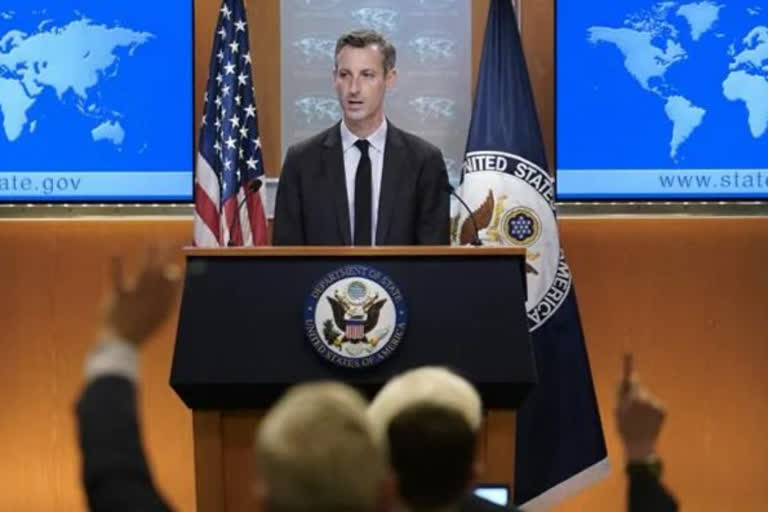New Delhi:In a look-back into history and the long legacy of India-Russia bilateral ties, the US has come out with its clearest position yet on trying to understand the Indian stand-in not vehemently opposing the Russian military action in Ukraine. On Tuesday, Ned Price, spokesperson of the US State Department, during his briefing said: “India has—of course, had a historic defense and security relationship with Russia over time.
That relationship came of age and came together at a time when the United States, nor some of our partners, were prepared to have that kind of relationship with India.” “It was a very different time, different considerations, but those times have changed. They’ve changed in terms of our willingness and ability to be a strong defense and security partner of India...”
“So, the fact is that we are a partner of India now. We are a partner of India when it comes to shared interests when it comes to the values we share in a free and open Indo-Pacific. And we’ve invested in that relationship in terms of our defense and security. So historical relationships notwithstanding, we are a partner of choice for India now, as are many of our partners and allies around the world.”
Skirting a pointed question yet again on whether the Biden administration has finally made any decision when it comes to the CAATSA sanction vis-à-vis the Russian S-400 air defence missile system procurement, Price said: “We continue to work with Congress and our Indian partners on these issues.”
The US position came a day after President Joe Biden singled out India for its position on the Russian military action, calling India’s response “shaky”.
On Monday, speaking during a business roundtable interaction with CEOs in Washington, D.C., President Biden said on the Ukraine issue: “We presented a united front throughout NATO and in the Pacific. The Quad is—with the possible exception of India being somewhat shaky on some of this. But Japan has been extremely strong, so has Australia, in terms of dealing with Putin’s aggression. We presented a united front throughout NATO and the Pacific.”
